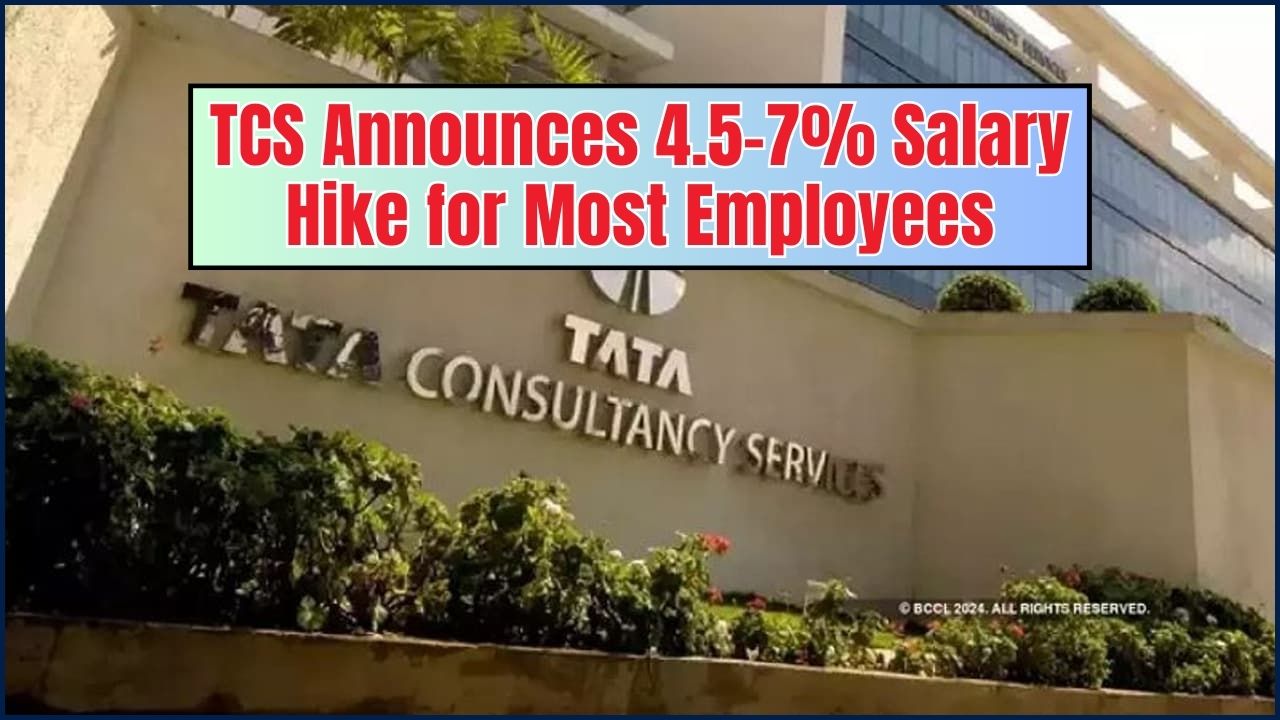
Urban Indian households are earning more but spending less, according to the Centre for Monitoring Indian Economy (CMIE). Despite a sharp rise in incomes in 2024–25, many families are delaying purchases due to weak consumer sentiment, uncertain policy signals, and stagnant wage growth.
Rising Incomes, But Not Rising Confidence
The CMIE report highlighted that household incomes in India recorded “extraordinary” growth in 2024–25, building on significant gains in the previous two years. Yet, higher earnings have not automatically led to higher consumption.
The report noted that consumer sentiment has remained fragile, with many households postponing major purchases. According to CMIE’s Consumer Sentiment Index, urban confidence fell by 2.4 percent in early May 2025 and dropped again later that month, reflecting economic and geopolitical uncertainties.
The Profit-Wage Disconnect
A major factor behind the hesitation is the uneven distribution of income growth. While corporate profits have surged to a 15-year high, employee compensation has not kept pace, particularly for entry-level workers.
“Corporate India is enjoying record profits, but wage growth has been muted,” said Mahesh Vyas, Managing Director and CEO of CMIE. “Household optimism will not fully recover until income growth reaches a broader base.”
This gap means that while aggregate incomes are rising, individual households—especially in the lower and middle segments—may feel less secure about their financial future.
Policy Uncertainty and Global Pressures
Urban families are also navigating a complex policy and global environment. In August 2025, CMIE reported that urban consumer sentiment slipped again, partly due to new U.S. tariffs on Indian goods and domestic tax policy changes.
Analysts say such developments create an atmosphere of unpredictability. “When policy signals are uncertain, households tend to conserve cash rather than commit to discretionary spending,” said Dr. Radhika Pandey, economist at the National Institute of Public Finance and Policy.
Early Signs of Recovery
Despite the cautious mood, CMIE has observed a gradual recovery in buying intentions. In July 2025, the share of households stating “now is a good time to buy” consumer durables rose to 35.9 percent, a record high compared with 30.8 percent in April.
Economists caution, however, that this optimism remains fragile. “There is a willingness to spend, but it hinges on stability in jobs and inflation,” said Sonal Varma, Chief Economist at Nomura India. “If wage growth does not broaden, consumption will stay uneven.”
The Bigger Picture
The report underscores a central challenge for India’s economy: converting headline income gains into sustained consumer demand. With household spending contributing over 55 percent of GDP, analysts warn that persistent caution among urban families could weigh on growth.
CMIE’s findings suggest that India’s economic story is not just about higher incomes, but about whether those incomes feel secure and broad-based enough to drive lasting consumption. Until then, delayed purchases may remain a defining feature of urban households.
Conclusion
The CMIE report paints a picture of an economy in transition: households earning more but choosing to save rather than spend. Corporate profits may be soaring, but unless wage growth and consumer confidence improve, the spending power of urban families will continue to lag behind the income figures.





